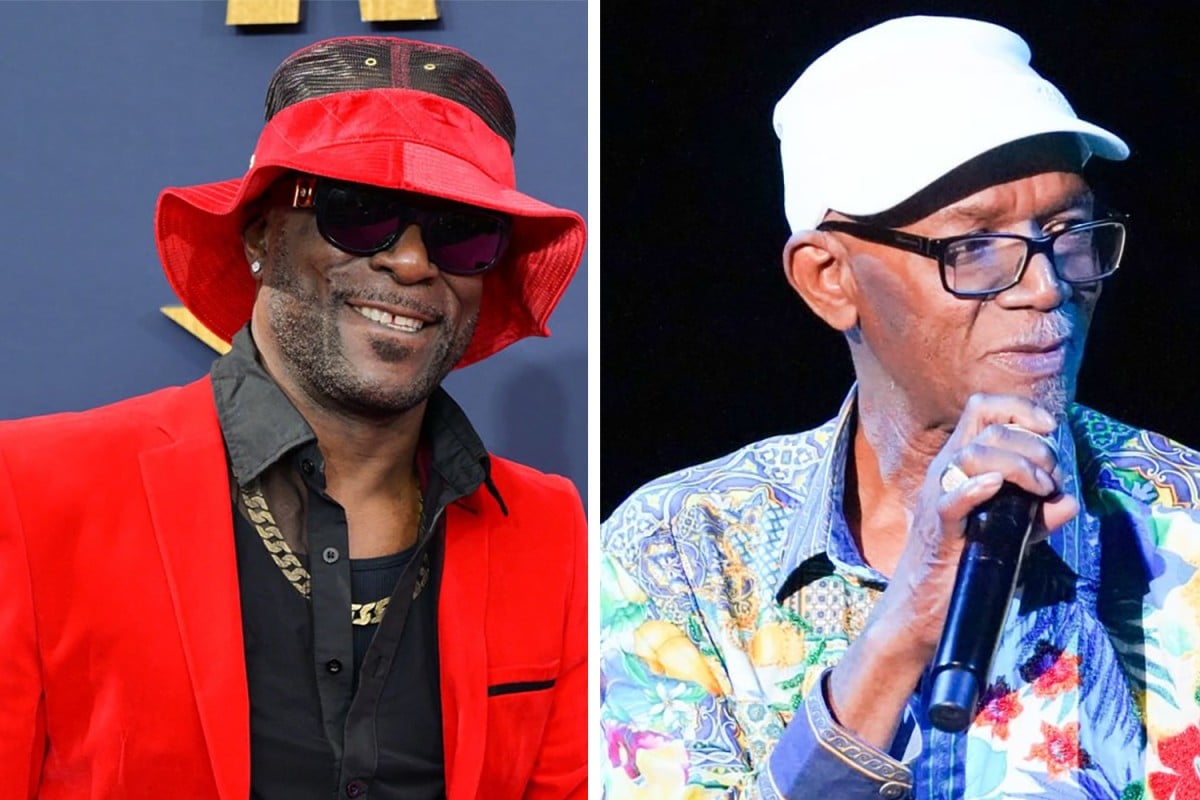Cutty Ranks Recalls How Beres Hammond Diffused Tension With Penthouse During Career-Defining Moment

Dancehall veteran Cutty Ranks has shared a pivotal moment in his career, revealing how Reggae legend Beres Hammond’s timely intervention helped to smooth over tensions with producer Donovan Germain and ultimately shaped his path to success.
During a Yard Style Live interview, Cutty said that contrary to popular belief, it was not Donovan Germain’s Penthouse Records that gave him his big break in the music industry, but rather Patrick Roberts’ Shocking Vibes. He explained that during his initial days at Penthouse, his songs remained unreleased, and it wasn’t until he re-recorded one for Shocking Vibes that he finally soared to stardom.
“Some people think a Penthouse buss me inna di music. A nuh Penthouse. A Shocking Vibes,” Cutty recalled.
“I was at Penthouse before Shocking Vibes, but eventually Donovan Germain dem did a siddung pan di song dem like dem think a souvenir or one a dem ting deh weh yuh put down a hope road museum and feather dust inna it,” he quipped.
The turning point came in 1990 when he re-recorded The Bomber for Shocking Vibes, a track he had originally recorded for Germain’s Penthouse label in 1989. “Suh I voiced the Bomber first fi Donovan Germain and Donovan Germain sit on it. Shocking Vibes was on di same compound, next door… and I just guh next door and ova deh an hear a badda riddim dan weh Germain have and just record it ova fi Shocking Vibes. And Shocking Vibes neva hesitate! Bam! Road!”
The Kingston native said that the song quickly gained traction, especially in the McGregor Gully community, and its popularity soared after being played by Metromedia’s selector, Sky Juice, at a party. The crowd’s reaction was electric, he said, with bursts of gun salutes from police officers adding to the excitement.
“Di amount a gun salute dat night… After dat night Metro Media assign mi to di sound system,” Cutty recalled, reminiscing about the moment he knew The Bomber was an instant hit.
According to Cutty, The Bomber‘s success didn’t sit well with Germain, who felt slighted by the song’s success outside his label. He said Germain expressed his displeasure one day at Penthouse, which prompted Beres Hammond to intervene.
“Afta dah night deh now, Germaine, choo di song blow up, him start get offeneded and a vex an a talk off him mouth one day when mi guh up a di studio. Beres Hammond was there and Beres Hammond look pan him an seh: ‘Suh wha yuh expect di yute fi do? Wha yuh need fi do is ask di yute fi do annadda song fi yuh, instead a yuh deh yah a complain’,” Cutty recounted.
“Beres Hammond a pick up fi me. And him listen to weh Beres seh cause Beres a di top dog,” he added.
He said that following Hammond’s advice, Germain requested a new track from him, leading to the creation of Pon Mi Nozzle, another hit that further solidified his status in the industry.
This success was followed by a string of hits, including Come Betta for Patrick Roberts, and Press Di Trigger for Penthouse, which marked perhaps the most prolific period in Cutty Ranks’ career.
Prior to his ascent in Dancehall, Cutty Ranks worked as a butcher and later began deejaying on sound systems in the 1980s. His most successful album, The Stopper, was released in 1991 and featured iconic tracks such as Hand Grenade, The Cutter, Pon Pause, Mi Aim, and Original Rude Boy Style.
Cutty Ranks’ influence extended beyond Reggae and Dancehall, with his intro “Six Million Ways to Die” from the hit song Who Seh Mi Dun being sampled by numerous American artistes, including Dr. Dre, Snoop Dogg, Method Man, Redman Funkmaster Flex, Joey Bada$$, Mos Def.
His 1996 album, Six Million Ways to Die, featured 15 tracks, including The Return, Hitman, Time to Die, Push Out Oonuh Head (DJ Line Up), Rude Bwoy Game, Undertaker, One Gun Two Gun, Bush Tonic, and Waste a Time featuring Shaggy.

